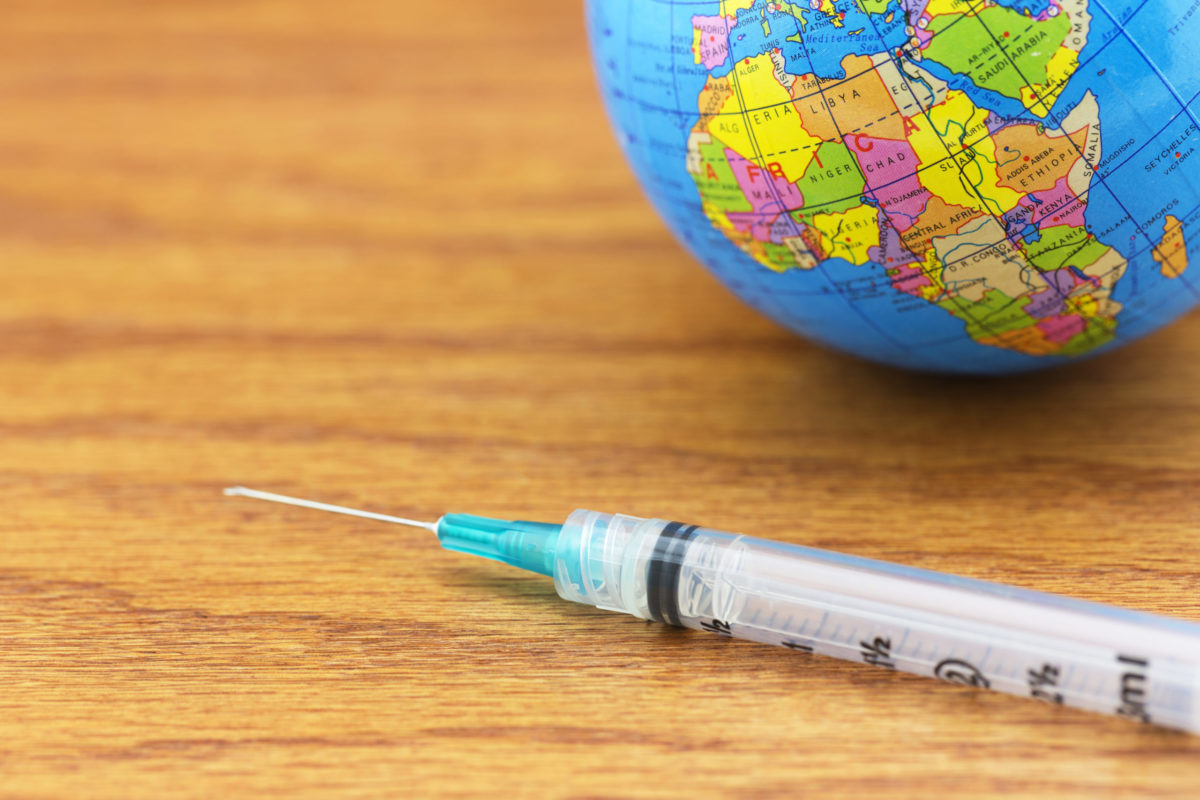Decriminalizing Abortion in Argentina: 8 Takeaways from the Inflection Point of Legalization
By Alicia Ely Yamin
In December of 2020, Argentina’s Congress passed Law 27.610, which overhauled the country’s previously restrictive legal framework on abortion. Law 27.610, “Access to Voluntary Interruption of Pregnancy,” created two kinds of legal abortion: (i) IVE (its acronym in Spanish, which translates to “Voluntary Interruption of Pregnancy”), which allows any person to request an abortion up to 14 weeks gestation; and (ii) ILE (which stands for “Legal Interruption of Pregnancy”), which makes abortion available at any point in a pregnancy for cases involving rape, and where there is a threat to the life or “integral health” of the pregnant person.
Around the world, when countries have taken steps to liberalize abortion access, these new laws have proven challenging to implement, as in Ireland and South Africa. As with any country, lessons from Argentina are deeply contextualized. Nonetheless, the Argentine experience offers insights to consider for countries at different stages of abortion struggles.
1. “Social decriminalization” is key. In Argentina, abortion advocacy was embedded in broad-based civic activism. In particular, a national abortion advocacy campaign founded in 2005 incorporated providers within and beyond the health system, as well as labor movements, human rights groups, and feminist activists. In the 2010s, abortion activism became integrated in the mass ‘Ni Una Menos’ movement against gender-based violence; draconian abortion restrictions were understood to be yet another form of structural violence against women. This broad-based mobilization raised awareness and helped to destigmatize what had been previously a taboo subject, resulting in “social decriminalization.” The extensive debates that occurred in Congress over the legislation (especially when it was first brought in 2018, and again in 2020) further raised public consciousness of the law and the organizing that led to it. Once legalized, social decriminalization helped to facilitate access to abortions and awareness of their availability.
2. Shifting “constitutional cosmologies” fosters progressive judicial approaches. For years prior to legalization, feminist lawyers in Argentina worked to shift what Bergallo calls “constitutional cosmologies,” which describes the move away from a formalistic application of rules toward rational argumentation by courts. This strategy, informed by and inflected with concepts from international law, was essential to moving away from treating abortion as a religious and moral issue to conceptualizing reproductive rights as fundamental human rights. That change in legal discourse was important in generating specific precedents prior to legalization, such as F.AL, which expanded the scope of the rape exception. Further, it has proven essential to addressing the inevitable challenges to the law post-legalization (see, for instance, here and here). Indeed, the majority of cases either have been resolved in favor of the law or dismissed.
3. Discursive reframings can foster material changes. Discursive changes wherein “exceptions” were reframed as “indications” helped shift a default of abortion criminalization to a framework under which women were asserting rights to services. Over time, in conjunction with revised protocols issued at federal and provincial levels, groups of providers who worked with the Access to Safe Abortion Network (RedAAS) and other coalitions fostered interpretations of the circumstances under which women were entitled to claim these rights as broadly as possible. This reframing, in turn, was reinforced in the language of the law that sets out IVE and ILE, and was essential to expanding providers’ consciousness after legalization more widely.
4. Community-based networks established before liberalization have a lasting, essential role post-legalization. Prior to legalization, Socorristas en Red (“Network of Rescuers”), had shown the effectiveness and transformative potential of self-managed medication abortions in Argentina. Socorristas en Red developed community-based strategies to spread reliable information and provide support for self-managed abortions (with misoprostol). The work of Socorristas was (and remains) critical to the overall effort to destigmatize abortion, as well as to highlight the pivotal role medication abortions play in expanding access for all pregnant persons.
5. To ensure access, political will should be built should before liberalization. Generating political will before the legislation was enacted, and working with allies within the Federal Ministry of Health (and some provincial ministries) on guidelines and protocols prior to 27.610, was essential for having revised guidelines issued quickly post-legalization; it was also essential for foreseeing the needs and ensuring supplies of medications to make abortion rights real in practice. For example, the National Department of Sexual and Reproductive Health (DNSSR) increased the number of misoprostol treatments it distributed from 18,590 treatments in 2020, to 74,071 in 2021, and 38,229 in the first half of 2022. The DNSSR also began distributing combined treatments of mifepristone and misoprostol under a special waiver, as mifepristone is not yet officially registered in the country.
6. Compliance gaps should be anticipated. Mechanisms to promote accountability are necessary from the outset to address, among other things, “sticky” informal norms, which stem from resistance to the formal law, as well as background norms based on the organization of the health system. In Argentina, the law mandates access to abortion services free of charge in both public and private health care facilities, and requires that individual conscientious objectors refer patients to another abortion provider in a timely manner. However, qualitative interviews conducted by the civil society monitoring group, Proyecto Mirar (the “Watching Project”) reveal continued challenges in ensuring care for adolescents, including in guaranteeing confidentiality in cases of minors where abuse must be reported. Likewise, while the law mandates free services, many reports indicate that patients still receive charges for ancillary services, such as ultrasounds. Onerous bureaucracies within the health system also pose obstacles.
7. Equity cannot be an afterthought. In a federalist form of governance with a decentralized health system, national strategies to reduce inequalities must be included from the outset of implementation. Catalina Smulovitz’s work shows how the broad legislative and regulatory capacities of subnational provinces create heterogeneity in the protective scope of domestic violence laws. Moreover, in Argentina’s fragmented and decentralized health care system, many providers and local health systems operate independently. Inequities in abortion access based on geography are already apparent: In 2021, there were an average of 1.2 public health centers offering abortion in Argentina per 10,000 women of reproductive age. However, in the province of Chaco (which has one of the highest rates of poverty and unemployment in the country) that rate is 0.2 per 10,000 women. In contrast, the rate in the far more economically prosperous city of Buenos Aires is 5.6 public health facilities per 10,000 women of reproductive age.
8. Civil society monitoring is critical for social accountability. Civil society monitoring is essential to producing ongoing social accountability after legislation is enacted because ensuring access to abortion rights invariably faces the persistence of negative informal norms and structural barriers. Since the passage of the law, Proyecto mirar has gathered both quantitative and qualitative data from a wide array of sources, both governmental and non-governmental. Proyecto mirar also regularly convenes stakeholders to discuss the information collected, to identify gaps in data, and to strategize about implications for improving implementation of the law. The work of Proyecto mirar has proven essential to keeping abortion access on the public agenda, as well as in understanding barriers to implementation across Argentina.






